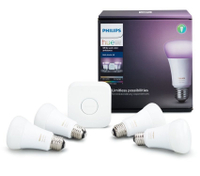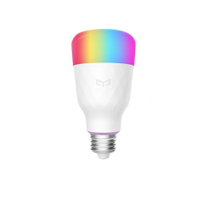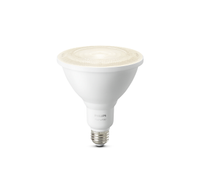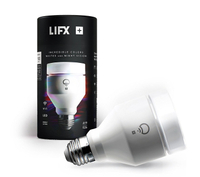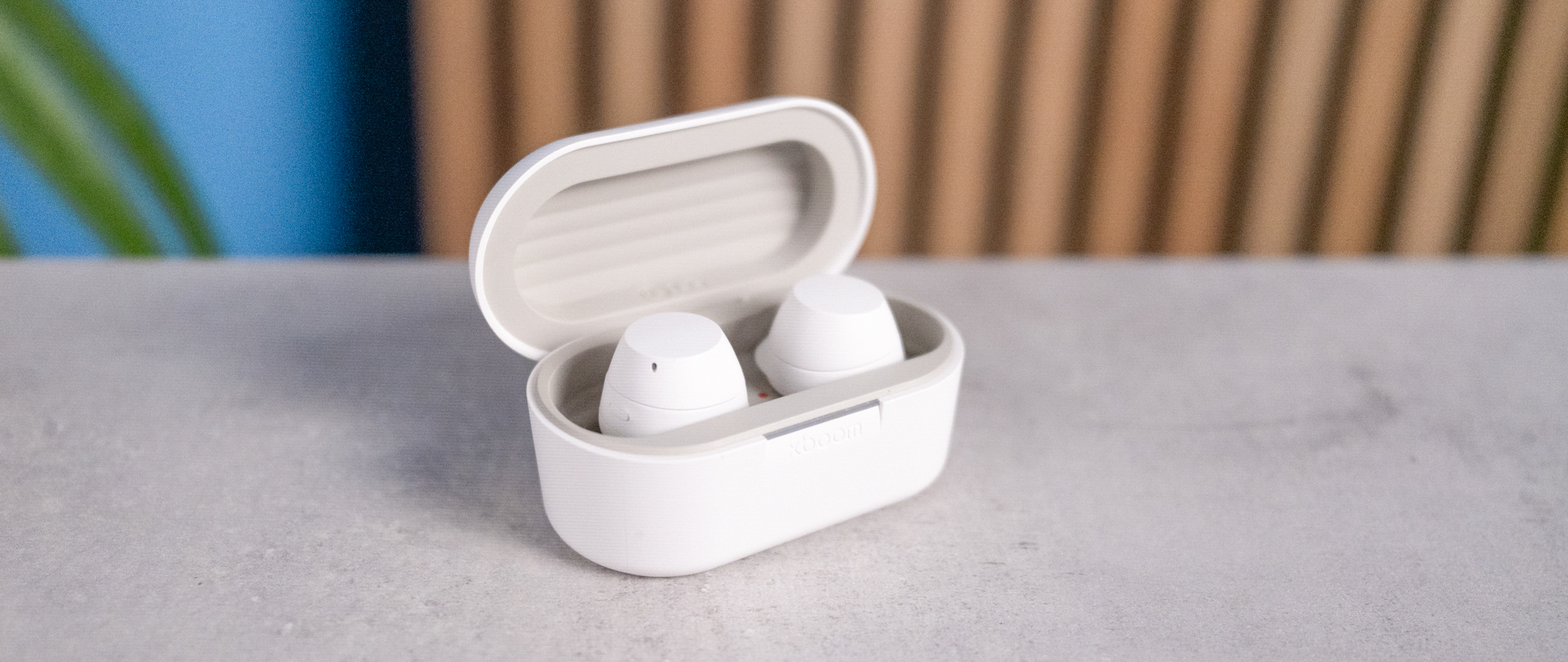Light bulb guide: LED vs. CFL vs. halogen
Incandescent light bulbs are being phased out. Here are the pluses and minuses of the best light bulb alternatives: LED, fluorescent and halogen.
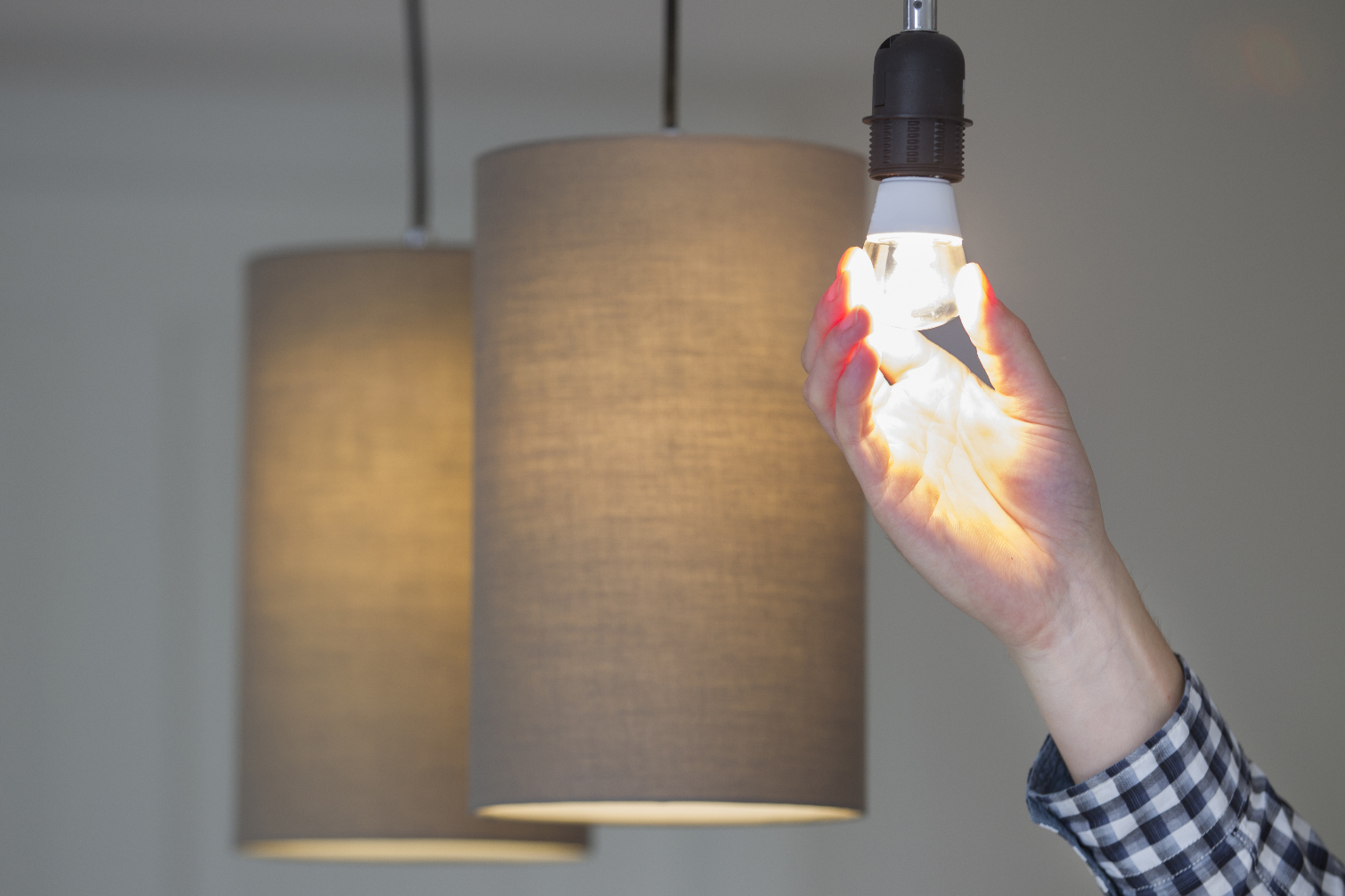
Technology has come leaps and bounds for appliances and accessories around the home in recent years, and light bulbs are no exception. The incandescent light bulb, which was once relied on by all, has now been upstaged by LED (light-emitting diode), CFL (compact fluorescent), and halogen bulbs.
But, of these new options, which would be best for your home? We’ve created this light bulb guide to help answer this very question. Here, we will talk you through the differences including the advantages and disadvantages of each bulb. By the end, you will be confident enough to pick the best light bulb, or the best smart light bulb, for your home.
LED vs. incandescent bulbs
Why you can trust Tom's Guide
The traditional incandescent light bulb measures its brightness by wattage — meaning the greater the wattage, the brighter the bulb. However, this concept couldn’t be converted to LED or other modern bulbs as they required less wattage to produce brighter results. As a consequence, we started measuring in lumens, which equates to the brightness itself, instead of energy consumption. The below table demonstrates the difference between an incandescent light bulb and an LED bulb in terms of the energy required to produce the same brightness (lumens).
| Incandescent Bulb (Watts) | Lumens | LED Bulb (Watts) |
| 7 | 27 | 0.75 |
| 10 | 80 | 1.5 |
| 15 | 120 | 2-3 |
| 25 | 180 | 2-3 |
| 40 | 450 | 4-5 |
| 60 | 800 | 8-12 |
| 75 | 1100 | 12-15 |
| 100 | 1600 | 15-20 |
CFL and halogen bulbs
Other replacement lightbulb choices consume more power than LED bulbs and have shorter rated-lifespans, but cost much less upfront.
A 60-watt–equivalent CFL bulb from Philips, for example, consumes 13 watts and has a rated lifetime of 12,000 hours (or about 11 years) when lit for three hours a day, but retails for only $1.50-$2.50.
While technically a form of incandescent lighting, halogen bulbs are more efficient than traditional bulbs. Many companies sell “eco-Incandescent” bulbs which look like traditional lightbulbs, but use halogen elements. But they are still no match for LEDs. A 60-watt–equivalent halogen bulb from Philips consumes 43 watts and has a rated lifetime of 0.9 years. It also retails for under $5.00.
Other light bulb alternatives
EISA has stopped the manufacturing of candle-and globe-shaped 60-watt incandescent bulbs (the types used in chandeliers and bathroom vanity light fixtures). However, the law doesn't affect 40-watt versions of those bulbs, nor three-way (50 to 100 to 150-watt) incandescent A19 bulbs. So, those will continue to be an option for you, as well, in fixtures that will accommodate them.
| Lamp (A19) bulb technology | Price per bulb (Est.) | Lifespan (Hrs. @ 3 hrs./day; varies by Mfr.) | Watts (Varies by Mfr.) | Lumens (Varies by Mfr.) |
| 60-Watt Incandescent | $0.41-$1.00 | 1,000-2,000 | 60 | 630-860 |
| LED (60-Watt–Equiv.) | $1.50 and up | 15,000-25,000 | 9-12 | 570-830 |
| CFL (60-Watt–Equiv.) | $1.50-$7.00 | 8,000-12,000 | 13-15 | 740-840 |
| Halogen (60-Watt Equiv.) | $1.00-$2.75 | 985-1,250 | 43 | 565-750 |
LED light bulb lifespan and cost
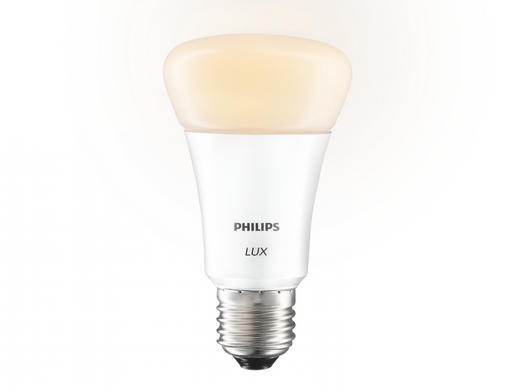
Traditional bulbs for table and floor lamps are known by their lighting industry style name "A19,"while floodlight bulbs made for track lights and in-ceiling fixtures are dubbed "BR30." Your best long-term alternative to either style is extremely energy-efficient LED technology.
The LED equivalent of a 60-watt A19 bulb consumes only between 9 and 12 watts, and provides about the same light output, measured in lumens. A 40-watt equivalent LED bulb consumes only 6 to 8.5 watts. And a 65-watt BR30 (floodlight) replacement LED bulb consumes only 10 to 13 watts.
An LED bulb's lifespan, estimated based on three hours of use per day, is at least a decade, manufacturers say. Under the same conditions, an old-fashioned lightbulb may work for only about a year before burning out. GE's equivalent LED bulb has a rated lifetime of 15,000 hours or 13.7 years. Philips' equivalent LED bulb has a rated lifetime of 10,000 hours or 9.13 years.
LED bulbs will continue to light up even after their rated lifetimes expire; however, brightness may drop or the color cast of the light may change.
Initially, LED bulbs cost a lot more than old-fashioned incandescent bulbs, but now have dropped in price. For example, a 4-pack of Philips 60-watt-equivalent soft white LED bulbs costs about $12 on Amazon, a cost of $3 per bulb.
LED light bulb color temperature meaning
GE, Philips, Sylvania, Cree and other brands (including IKEA) all offer LED bulbs that output the most popular "soft white" light, at retailers including Home Depot, Target and Walmart. In addition, GE ‘s Reveal lineup of color-enhancing lightbulbs (a coating filters out yellow tones to enhance colors lit by the bulb) with LED replacements equivalent to 40-watt and 60-watt A19 bulbs and to a 65-watt BR30 bulb.
When they first came out, LED bulbs emitted a bluish light that many found harsh compared to the “warmer” light cast by traditional bulbs. However, LED makers now offer LED bulbs that emit different color temperatures, measured in Kelvin. Here are a few that you’ll most likely find at a home improvement store:
2700K: These bulbs will be labeled “soft white,” and will cast a gentle warm glow that’s good for the bedroom, as well as table and floor lamps.
3000K: “Bright White” bulbs have a more neutral glow, being neither warm nor cool.
5000K: Lights that are 5000K and higher will typically have a “daylight” label, and edge towards the bluer part of the spectrum. However, they will best approximate actual sunlight.
Smart LED bulbs
A new subset of LED bulbs are so-called “Smart Bulbs,” in that they can be controlled by your smartphone, and often have other features built in, such as the ability to work with a wide range of best smart home devices. However, these also cost more than other LEDs.
Smart bulbs fall into two categories: Those that require a hub to connect to your home Wi-Fi network, and those that don't. The advantage for the former is that they tend to be smaller and less expensive than Wi-Fi-enabled bulbs. However, setup is a little longer, and involves connecting a hub or bridge to your Wi-Fi router, and then linking the bulbs to the hub. Some companies, such as Philips, include a bridge with their bulbs, but many can also be linked to third-party smart home hubs, such as the Samsung SmartThings, Wink, and the Amazon Echo Plus.
If you have a room that requires multiple in-ceiling lights, then it may make more sense to use a smart light switch; here are our picks for the best smart light switches.
MORE: Every Smart Light That Works with Alexa
Best smart light starter kits
Companies whose bulbs require a bridge or hub to connect to your Wi-Fi network (which includes Philips, Sengled, and IKEA) often sell starter kits, which include several bulbs plus the bridge.
Philips Hue White Starter Kit
The Philips Hue White Starter kit includes two dimmable bulbs and the hub. The Philips Hue app is the most comprehensive of all those we've tested, and works with a lot of smart home systems, including Alexa, Google Home, and more.
Best Wi-Fi smart bulbs
Bulbs with built-in Wi-Fi can connect directly to your router, so there's no need to install a bridge first. However, on a per-bulb basis, Wi-Fi bulbs tend to be more expensive and larger than their counterparts.
Xiaomi Yeelight Smart Bulb
Xiaomi's Yeelight Tunable and Color LED bulbs are excellent Wi-Fi-enabled devices for a decent price. They take less than a minute to set up, and work with Alexa, Google Assistant and IFTTT.
Best miscellaneous bulbs
Philips Hue Single PAR38 Outdoor
Philips Hue's PAR38 floodlight bulbs are designed to light your driveway, garden, or patio. They work with Alexa, Google Assistant, and HomeKit, and are very bright, offering 1300 lumens and an adjustable white color temperature of 3000k.
Best bulbs with extra features
In addition to providing light, there are a number of smart bulbs that have added features, such as speakers, Wi-Fi extenders, and infrared lights.
Lifx+ Smart LED with Infrared
The Lifx+ line of smart lights, which includes A19 and BR30 bulbs, are Wi-Fi-connected multicolor, dimmable bulbs that provide utility even when they're off. They have infrared lights, which provide additional illumination for security cameras to see in the dark.
Best nontraditional lights
Because LEDs are so small, they can be used in a variety of shapes and installations, from long strips of light to even more exotic designs.
Philips Hue Play
The Philips Hue is a ten-inch light bar that you can mount vertically, horizontally, or flat on the floor. It can synchronize its brightness and color effects to your music or videos, using Philips Hue's Sync app. It works with Alexa, Google Assistant and HomeKit.
Sign up to get the BEST of Tom's Guide direct to your inbox.
Get instant access to breaking news, the hottest reviews, great deals and helpful tips.

Katie Mortram used to be a Homes Editor for Tom's Guide, where she oversaw everything from kitchen appliances to gardening tools, as well as smart home tech. Specializing in providing expert advice for cleaning and home manintenance, she now works as Household Advice Editor for Good Housekeeping.
-
mprospero Archived comments are found here: http://www.tomsguide.com/forum/id-1938181/2014-light-bulb-ban-alternatives.htmlReply -
Babs__ I have read quite a bit on the different bulbs & how some are dangerous for ones eyes. I do a lot of reading & require a very good light(at 84 it is needed)& Incandecent Halogen were highly reccommended. Nothing here really talked about good reading bulbs & while LED's may be cheaper over the long term, they are hard on eyes. Have you any information on this subject?Reply -
wootz123 what happened to the Best Alexa skills to impress your family? Light bulb article came upReply
